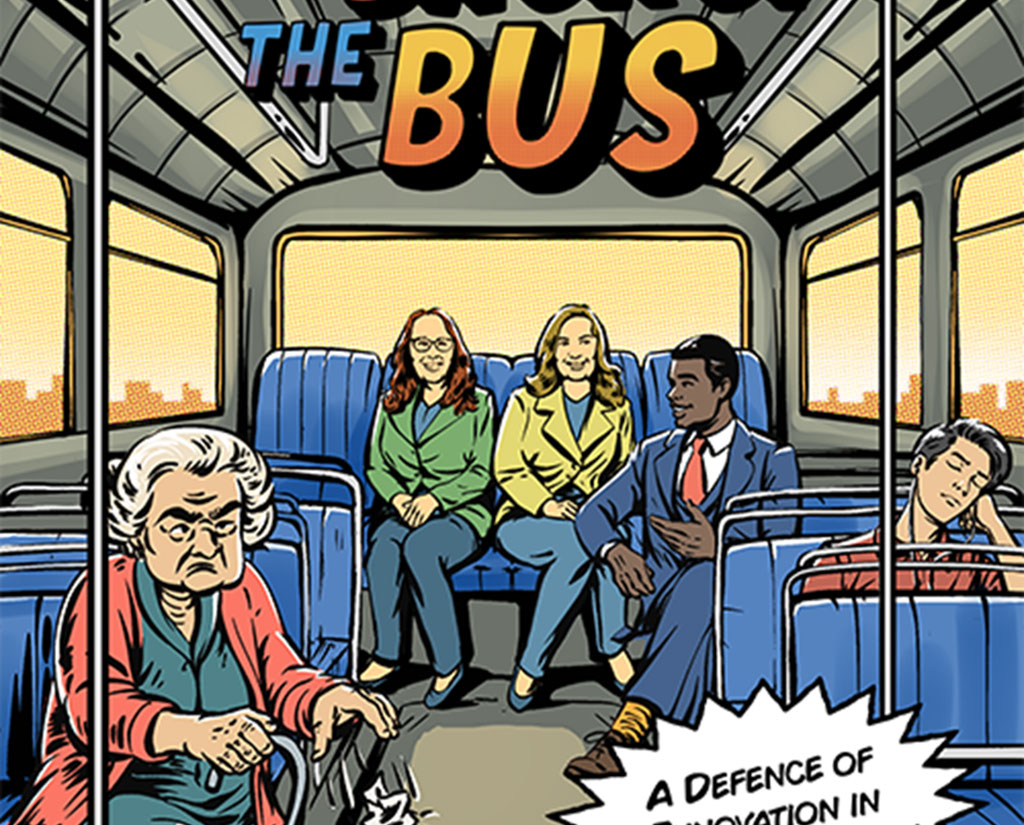
We once thought of the ocean as an endless supply of area to dump our garbage. No longer. We can see the effects all over the world, particularly in the Pacific Ocean. There lies an area known as the "Great Garbage Patch", a loose mix of debris that all comes from humans.
While the name conjures up an easily-seen pile of debris, in reality (as the National Oceanic and Atmospheric Administration points out) most of it is just tiny pieces of plastic that are hard to spot. Further, the zone is constantly shifting with the winds and the water -- making it hard to know just how big it is. That said, however, at least one organization has a plan to deal with it.
A couple of weeks ago, a group called The Ocean Cleanup announced it will create a floating array that will be about a mile long, able to snag plastic that floats in its wake. It is expected to be deployed in the second quarter of 2016, off the coast of an island called Tsushima between Japan and South Korea.
"The reason we picked that location is because the current and wave conditions are very favorable for our tests, and there really is a lot of plastic," said CEO Boyan Slat, who is just 20 years old, in an interview with Al Jazeera. "The island where we performed the test sees 30,000 cubic meters of trash wash ashore per year."
The test array will be deployed for two years, and the stuff it collects may be used as an alternative energy source at Tsushima. If successful, the group hopes to scale up quickly -- perhaps constructing a 62-mile long array that could pick up half the garbage in the patch in 10 years. But is it enough? In the same article, Tony Haymet, a professor at the Scripps Institution of Oceanography at University of California, San Diego argued that previous research showed much of the plastic is smaller than that of a little fingernail. He said it's too small to catch.
Other organizations seem to focus more on prevention. The Ocean Conservancy, for example, says that it is working with the public and with businesses to educate them about the consequences of needlessly throwing things away. "We prevent trash from entering the waters by working with everyone from individuals to businesses to change the behaviors that cause ocean trash," they wrote.
Plastic is not the only threat facing our oceans -- pollution is another. The Deepwater Horizon oil spill of 2010 was one disaster that really brought home the consequences of even one spill upon our oceans.
XPRIZE is in the final stages of its $2 million Wendy Schmidt Ocean Health XPRIZE, to improve our understanding of how CO2 emissions are affecting ocean acidification, with breakthrough sensors that can help us begin the process of healing our oceans. Their prizes will be awarded next month.
How do you think we can best clean the oceans?
Top image: Where garbage is in the Pacific Ocean. Credit: NOAA








